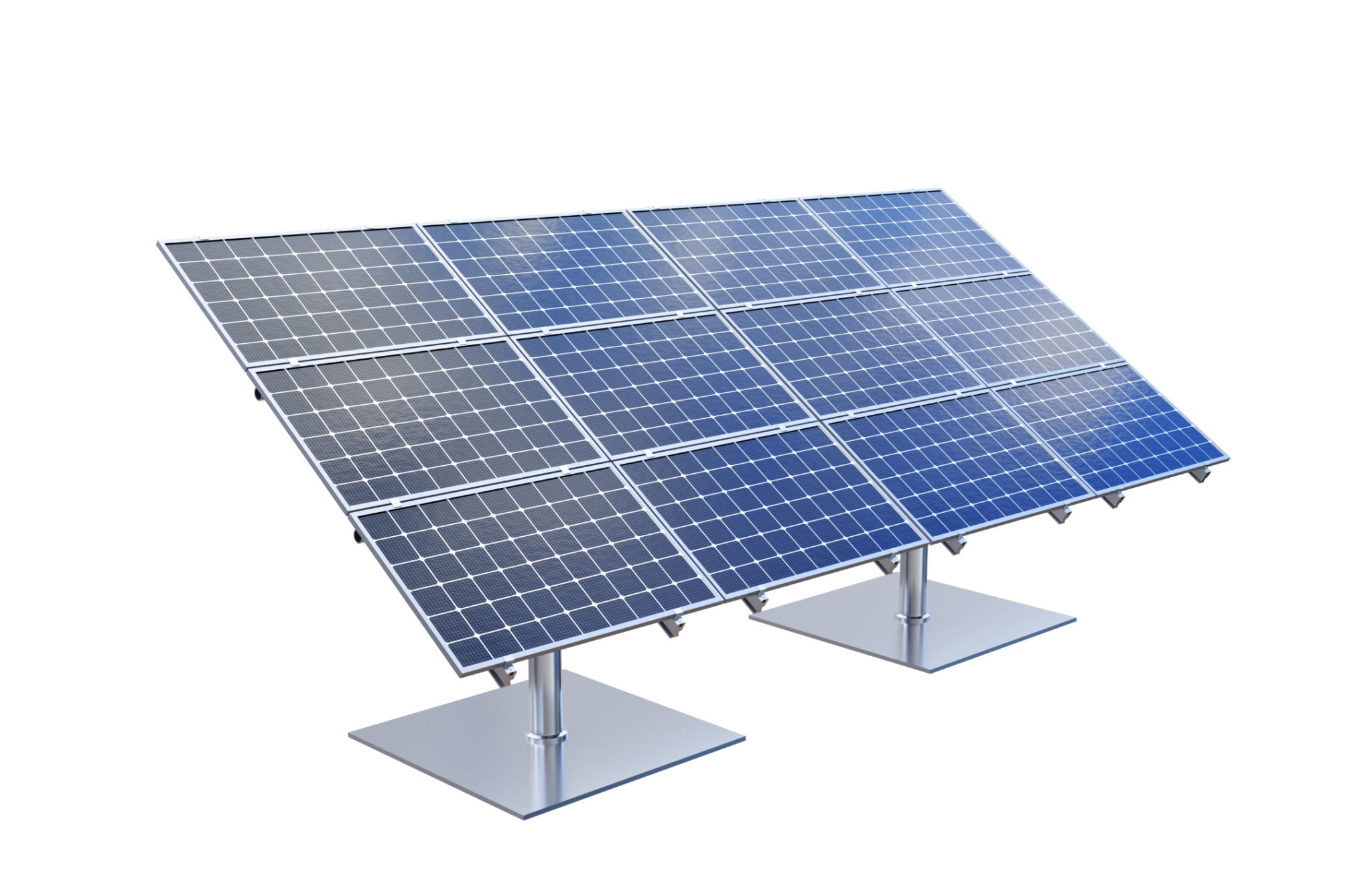The Ultimate Guide to Sustainable Construction Practices
Understanding Sustainable Construction
Sustainable construction is more than just a buzzword; it is an approach that integrates environmentally responsible and resource-efficient building practices throughout a construction project's life cycle. This includes everything from the planning and design stages to the maintenance and disposal of a building. By focusing on sustainability, the construction industry can significantly reduce its environmental impact while promoting a healthier living environment.

The Importance of Sustainable Materials
The selection of materials plays a crucial role in sustainable construction. Using materials that are sourced locally, recycled, or renewable can drastically reduce the carbon footprint of a building project. Additionally, choosing materials that are durable and require minimal maintenance over their lifespan can further enhance sustainability.
Some popular sustainable materials include bamboo, reclaimed wood, recycled steel, and low-VOC (volatile organic compound) paints. These materials not only contribute to environmental conservation but also often offer superior performance and aesthetic benefits.
Energy Efficiency in Building Design
Energy efficiency is a cornerstone of sustainable construction practices. By incorporating energy-efficient designs and technologies, buildings can significantly reduce their energy consumption and reliance on non-renewable energy sources. This not only helps the environment but also lowers operational costs for building owners.
Key strategies for enhancing energy efficiency include the use of high-performance insulation, energy-efficient windows, and smart building systems that optimize energy use. Additionally, incorporating renewable energy sources such as solar panels or wind turbines can further reduce a building's carbon footprint.

Water Conservation Techniques
Water conservation is another vital aspect of sustainable construction. Implementing water-saving technologies and practices can help reduce water usage and preserve this precious resource. Techniques such as rainwater harvesting, greywater recycling, and the installation of low-flow fixtures can significantly reduce water consumption in buildings.
Moreover, designing landscapes with native, drought-resistant plants can minimize the need for irrigation and reduce overall water usage. This not only supports local ecosystems but also contributes to the sustainability of the construction project.
Waste Management in Construction
Efficient waste management is essential for sustainable construction. By minimizing waste production and maximizing recycling efforts, construction projects can significantly reduce their environmental impact. Implementing a comprehensive waste management plan that includes waste reduction strategies, recycling programs, and proper disposal methods is crucial.
Construction companies can further enhance sustainability by using modular construction techniques, which often result in less waste compared to traditional building methods. This approach also allows for easier disassembly and reuse of building components at the end of their life cycle.

The Role of Sustainable Design
Sustainable design principles focus on creating buildings that are not only environmentally friendly but also promote the well-being of their occupants. This includes optimizing natural light, improving indoor air quality, and incorporating biophilic design elements that connect occupants with nature.
By prioritizing occupant health and comfort, sustainable design can lead to improved productivity and satisfaction among building users. Moreover, these design principles often result in reduced energy consumption and lower operational costs.
Certifications and Standards
Various certifications and standards exist to guide sustainable construction practices and ensure that projects meet specific environmental performance criteria. Some well-known certifications include LEED (Leadership in Energy and Environmental Design), BREEAM (Building Research Establishment Environmental Assessment Method), and Green Globes.
These certifications provide frameworks for assessing a building's sustainability across various categories, such as energy efficiency, water usage, materials selection, and indoor environmental quality. Achieving certification can enhance a project's reputation and demonstrate a commitment to sustainability.

The Future of Sustainable Construction
The future of sustainable construction is bright as advancements in technology continue to drive innovation in the industry. Emerging trends such as net-zero energy buildings, green roofs, and the use of artificial intelligence in design and construction processes promise to further enhance sustainability efforts.
As awareness of environmental issues grows, so does the demand for sustainable construction practices. By embracing these practices today, we can pave the way for a more sustainable future for generations to come.
